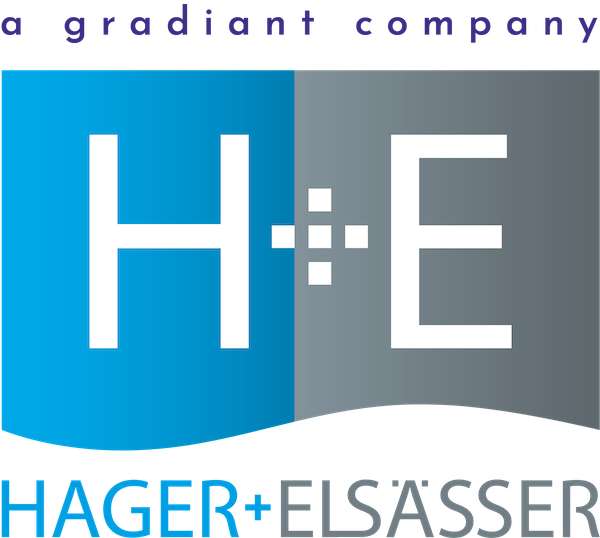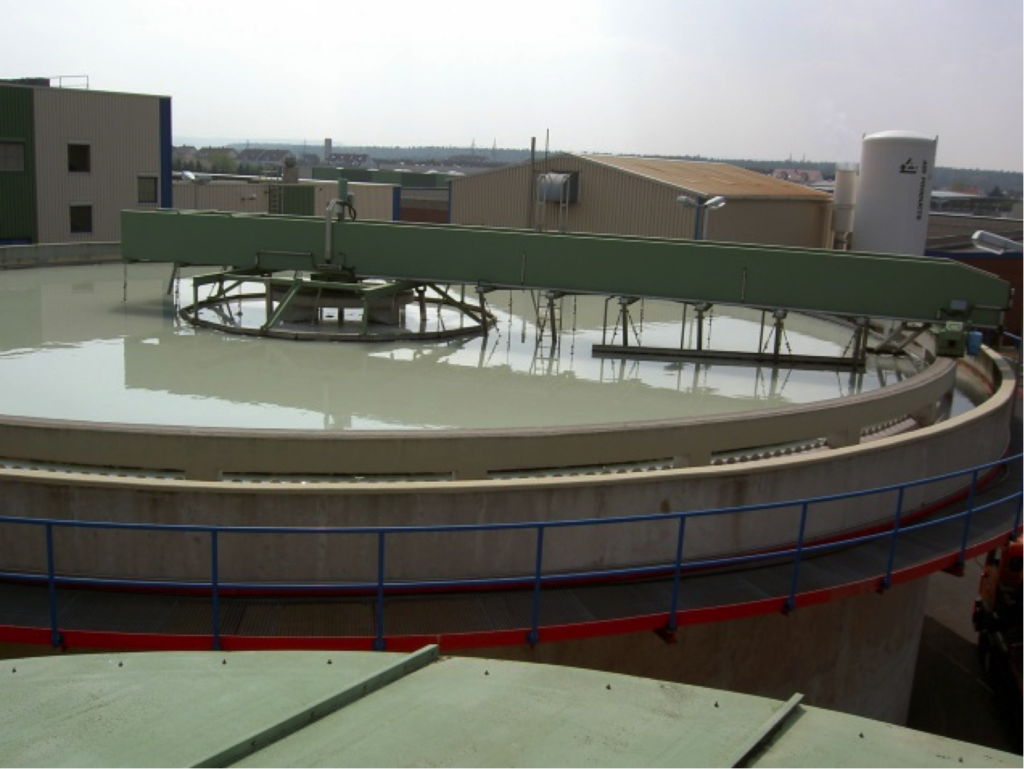H+E recently modernised a biological wastewater treatment plant for Knauf Petroboard AG in Russia. Completing this project together with our Russian subsidiary, OOO H+E Rus, enabled us to provide a complete package to the client.
The Project
Modernisation of the wastewater treatment plant at “Knauf Petroboard AG” was necessary to ensure improvement of the quality of treated wastewater. As a result, we therefore ensured protection of fishing waters into which it discharges.
The client chose H+E for this contract for a number of reasons, including:
- Its many years of experience in treating this type of waste.
- The presence of its subsidiary OOO “H+E Rus”
- The proposed process concept for the renewal of the wastewater treatment plant.
- H+E’s ability to undertake the modernisation of the wastewater treatment plant.
- To guarantee the strict limit values for purified wastewater discharged into a fishing river.
All this was done at the same time as the client re-built a board manufacturing machine.
The Scope of Supply
The modernisation of this plant included the following major changes:
- Installation of two new drum screens and two FLOCOMAT®.T clarifiers.
- Converting the two existing pre-clarifiers into a combination of BIOFIT®.H high-load and BIOFIT®.SC low-load biological treatment stages.
- Expanding the ventilation station. This included retrofitting the existing second-stage aeration tanks with a new AEROFIT®.V ventilation system.
- Installing a disinfection plant upstream of the purified sanitary water discharge into the river.
These changes therefore represent a compact solution, already been widely tested in the paper industry on many occasions.
Furthermore H+E installed a further modernisation step, a so-called tertiary cleaning stage. It consists of two lines:
- A BIOFIT®.HAC floating bed with powdered activated carbon dosing system.
- A FLOCOPAC® high-performance contact sludge inclined-plate clarifier.
It is installed upstream of the UV disinfection system. This important addition ensured that could therefore achieve the required low discharge values.
Integrating already existing components of the plant also reduced the investment cost; another advantage.

